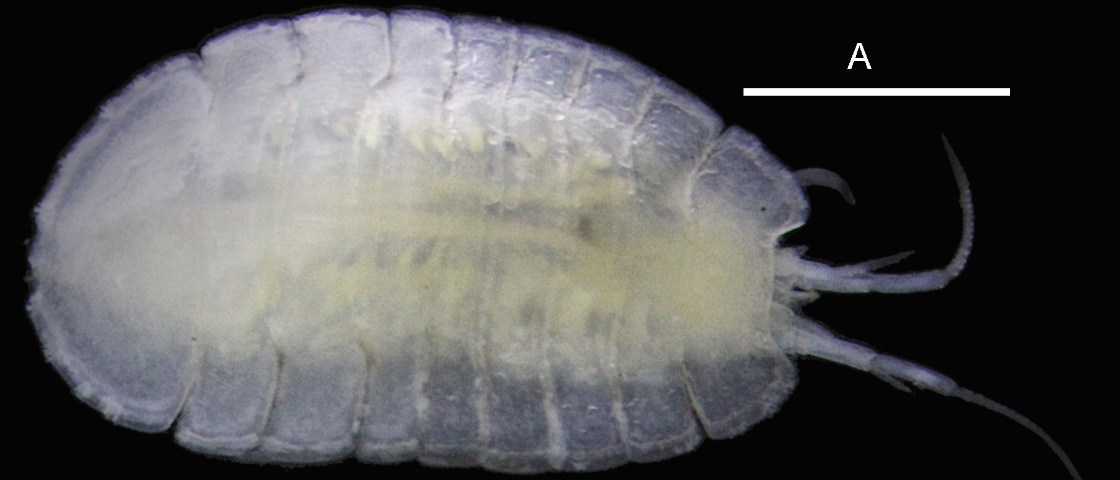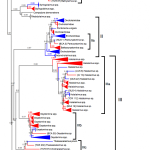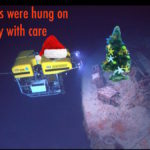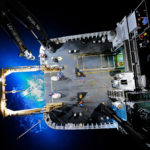As I sit at my computer, not even a month into the new year, four new species of sponges from underwater volcanoes, three new species of gastrointestinal parasites (nematodes) from hydrothermal vent fishes, a new free-living nematode, and a new species of golden coral have already been published.
Describing another family is literally another level. Above the species in the taxonomic pecking order, we have the genus and then the family level. Introducing a new family requires something truly unique. A case in point is a new creature from the remote depths of the Hikurangi Plateau, off the eastern coast of New Zealand.
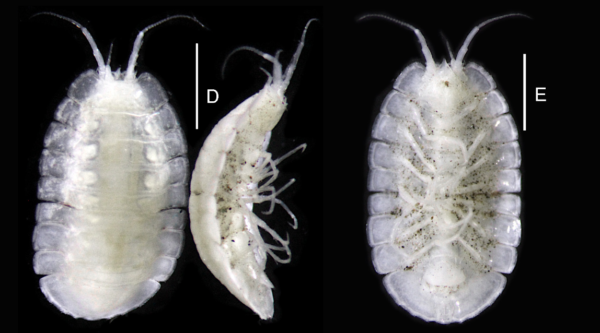
The new family called, Basoniscidae for “basal” position in evolution of isopods and because the common word for isopods, wood lice, or sow pugs is “oniscus”. The species is Basoniscus hikurangi and displays features from two distinct families—the shallow water Joeropsididae and the deep-sea Haploniscidae—giving it is basal position. For as enigmatic deep-sea species, it is rather amorphous. Unlike its more common counterparts, this broad-bodied, eyeless isopod reveals an intriguing fusion of features typically associated with two different families. The distinctive features of the broad body, thin flat marginal flanges, and minute curved robust “bristles”, coupled with the presence of robust claws on the walking legs – particularly the ventral claw – hint at a fascinating adaptation in these isopods. It is conceivable that these unique characteristics equip them with the ability to tightly cling to surfaces. This behavior is particularly suggestive of an affinity for hard volcanic surfaces, mirroring the conditions from which the specimens were originally collected.
Beyond its taxonomic significance, this discovery sheds light on the underexplored realm of rocky hard substrates in the deep sea. The limited sampling of such substrates highlights a significant and the continued gap in our understanding of all deep-sea ecosystems.

